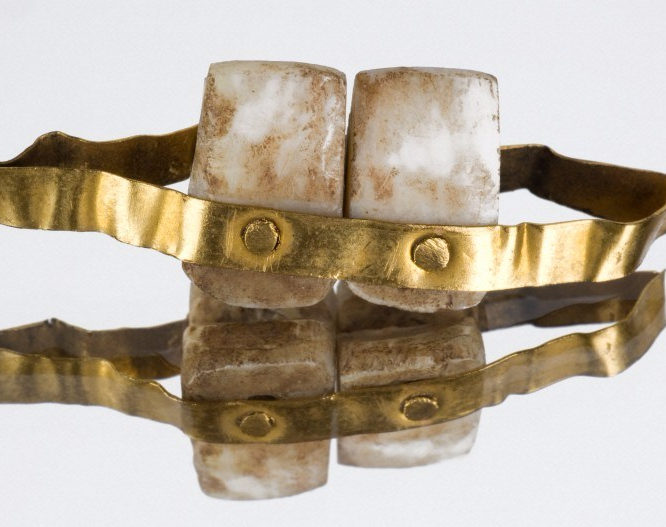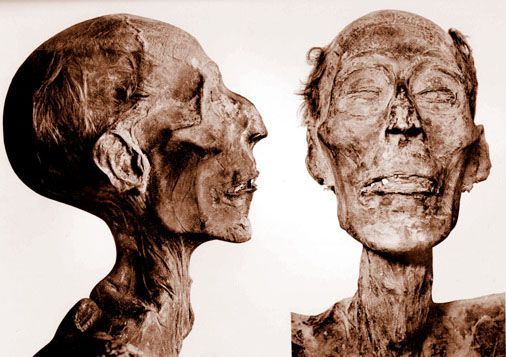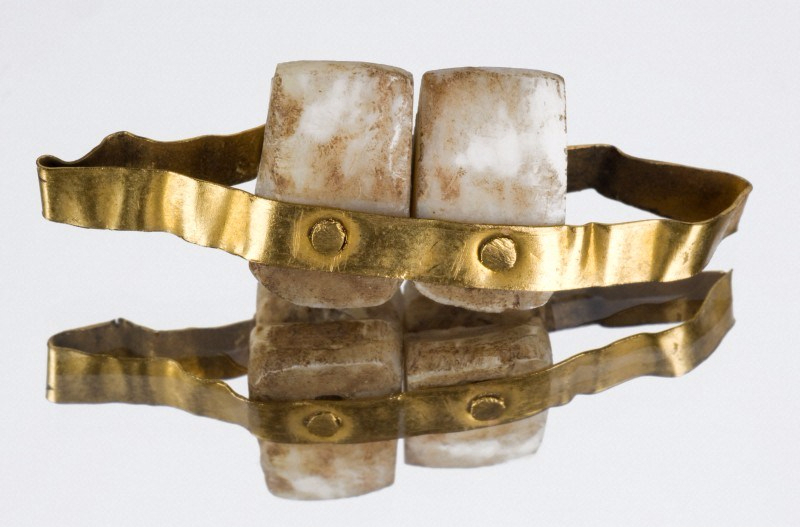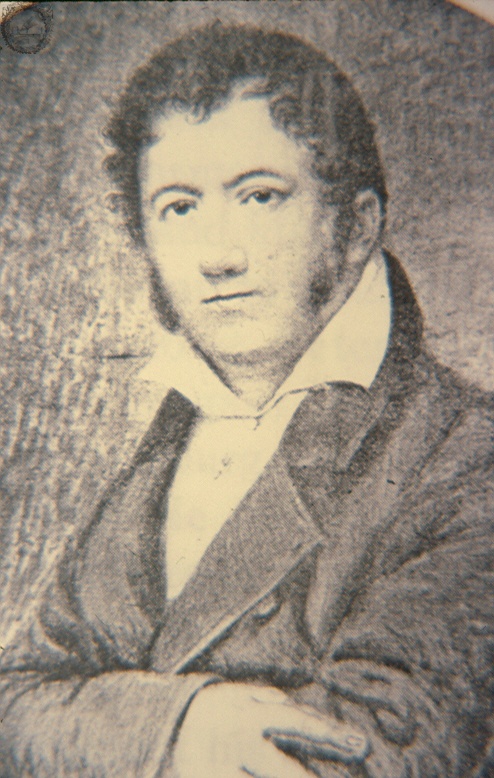
Have you ever thought about what would happen in the world if invention in modern dentistry did not exist?
Modern Dentistry. Let’s review the history of dentistry and see the physical and psychological damage that we would suffer today if dentistry had not advanced. Below are some of the historical problems in dentistry that modern dentistry has found solutions to.
Tooth abscess in Egypt

Studies on the teeth of Egyptian mummies uncovered multiple dental problems. These include dental cavities, periodontal diseases, and abscesses (accumulation of intraosseous pus due to bacterial infection).
To solve this problem, Egyptians used extreme surgical methods and pierced the gum through which they tried to drain the pus or, simply, removed the affected piece.
Fortunately ,in 21st century ending abscesses is relatively easy and painless.
Etruscan Dentures

The first dental implants that we have evidence of were made by the Etruscans. This town, forerunner of the Roman Empire, inhabited Italy in the 4th century BC. and showed an advanced use of metal. In addition, they stood out for their ceramic crafts. So much so that they applied techniques to make dental prostheses and be considered parents of dental prosthodontics.
How did they do it? They used strips of very pure soft gold and with them they surrounded the healthy teeth.
Thus they created to support to place artificial teeth in the gaps they wanted to cover. Finally, they welded them. But human teeth were not always available, so the most common was to use teeth from young animals, normally, cows and oxen.
Mayan Dental Decoration:
In certain ancient and even modern cultures, there is a fashion to decorate teeth with precious stones. This practice was common in the Mayan Empire. According to anthropological studies, the dental decoration was widespread throughout almost the entire population.
The process to decorate the tooth began with the drilling of it. This was done with a manual drill that was applied to the tooth until the desired hole was achieved. Next, a precious stone was placed and fixed to the hole with natural products. This technique, very advanced for its time, required great pulse and precision on the part of the “dentist”.Otherwise, the tooth could break or damage the nerve.
Today, this practice continues to develop. However, there are specialized tools, anesthetics, and prosthetic material that reduce pain. Furthermore, the risk of causing damage and the risk of subsequent infections is almost non-existent.
False teeth
Until 1774 the existence of dentures made of porcelain and adapted to each mouth was, simply, a dream.
But that year, something changed and it was done not by a dentist, but by the French chemist Duchateau.He lived near Paris and wore teeth made from ivory taken from the tusks of a hippopotamus.
That caused two problems.
- Every time he ate the teeth moved and even wounded his mouth.
- The second problem was more unpleasant than painful: the teeth smelled bad.
As a chemist, he knew that the smell could be camouflaged using certain substances that he meticulously prepared.
But that meant that, with each bite taken, the food tasted like medicine and not what it was supposed to taste like.
So in 1774 he asked Monsieur Guerhard’s factory in Paris for the necessary means to develop an idea that he thought was brilliant: to replace his ivory teeth with porcelain teeth.
His first attempts failed,and when he finally got the desired result, there were new problems. The false teeth showed no similarities to the real one in color or shape.
Modern Dentistry
It looked artificial and Duchateau’s efforts were directed to endow it with those characteristics, using products that were harmful to the health. He then relied on a French dentist and, finally, managed to reproduce almost perfect teeth. The problem? It was really expensive in time and money, so only the wealthiest of the Parisian society could afford it. But even these were not interested in the invention.
It took until the 19th century for an Italian dentist, Giuseppangelo Fonzi, to come up with a new advance in prosthetics. He had become famous after extracting, almost painlessly, a tooth from the Spanish monarch. On his return to Milan, he began a journey through the European courts that provided him with money and knowledge to develop new dental techniques.
After discovering Duchateau’s invention in Paris, he tried to put it into practice by applying his own invention: earth-metal teeth, which followed the same idea as porcelain teeth but could be made one by one. He took advantage of the dyes created by the chemist to make them look more natural. Finally, he managed to get the National Academy of Medicine in Paris to certify his invention.
The evolution of modern dentistry
Over the centuries, teeth have caused injury, infection, psychological damage, and sometimes self-rejection. Losing teeth centuries ago meant losing an important part of life. It could even cause death, due to the inability to eat food or infections.If we look back, we see how the problems remain similar:
- Egyptian diseases.
- The Etruscan bridges.
- Dentures (with some degree of aesthetic interest)
Each one was very difficult to solve. Dentistry has advanced over time, and new techniques have been developed which have solved many dental problems. So if we asked ourselves today what life would be like without modern dentistry, the answer would be “extremely painful.”


